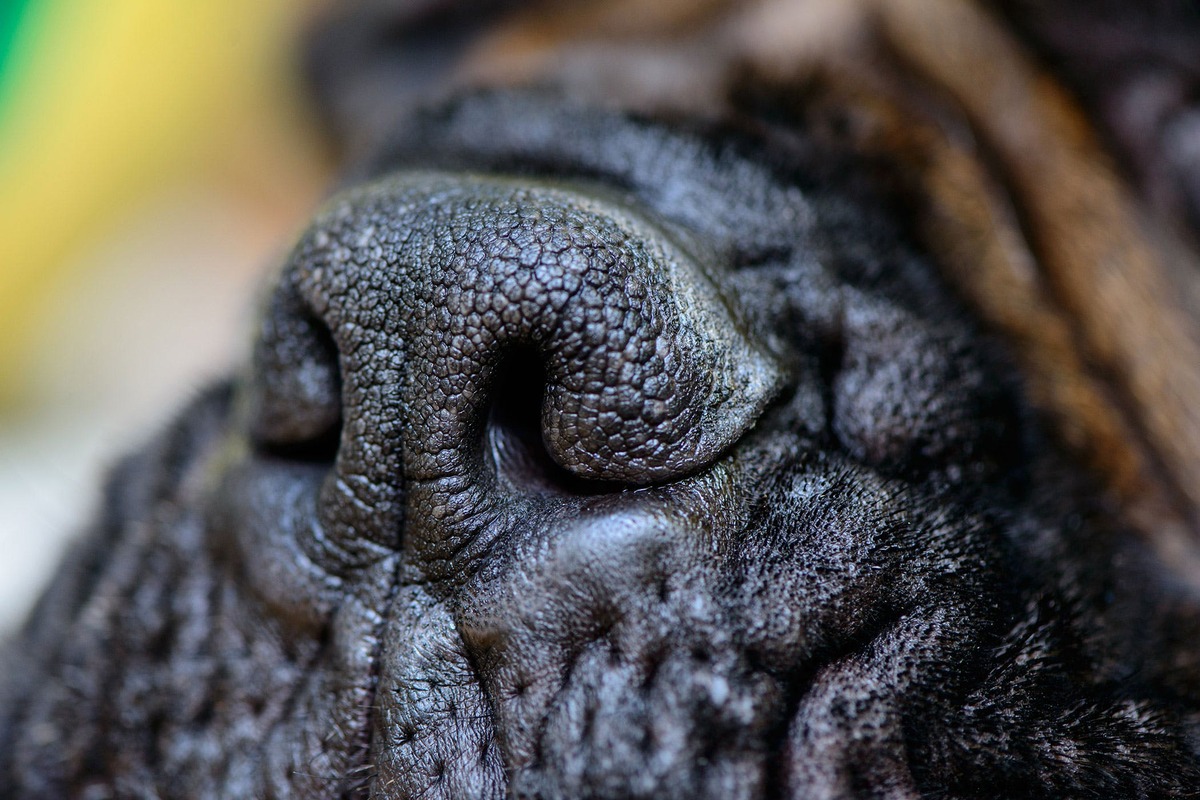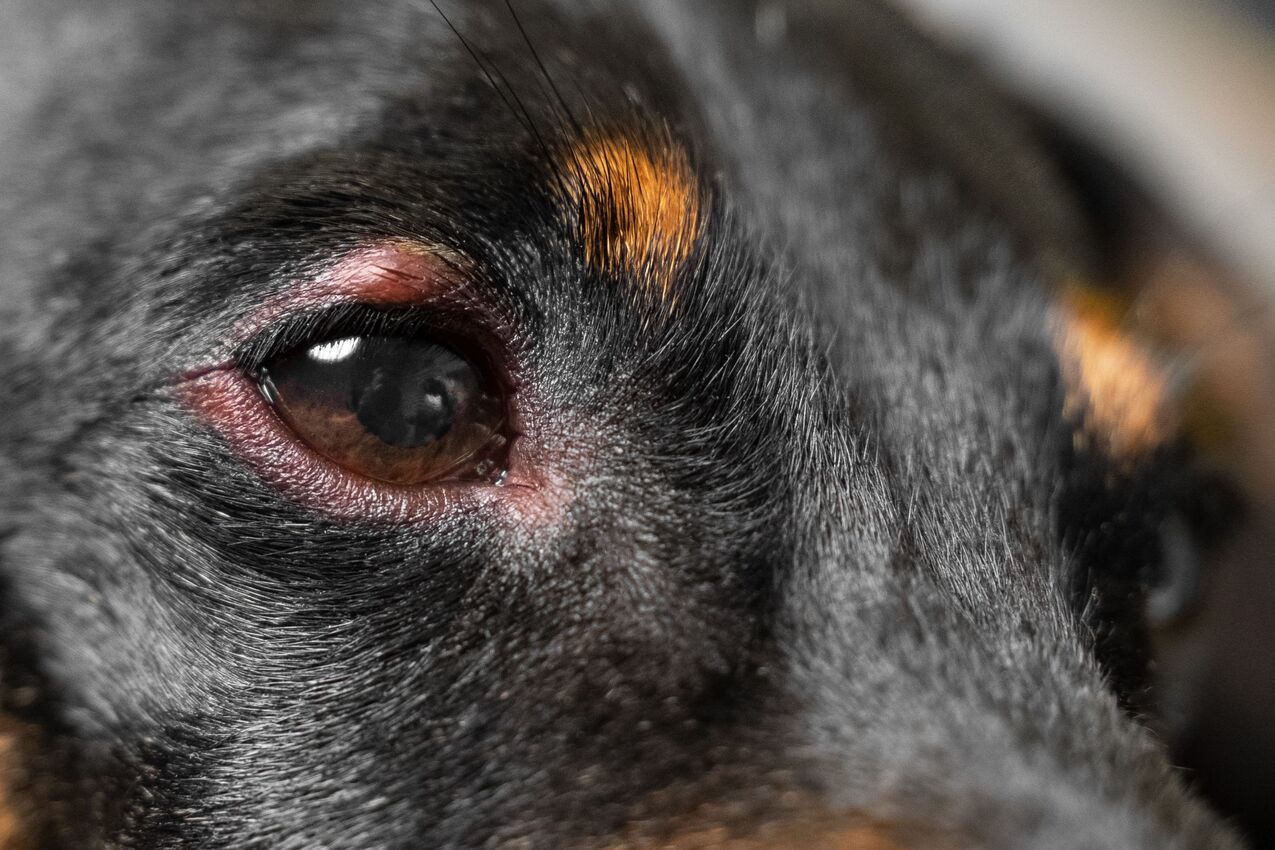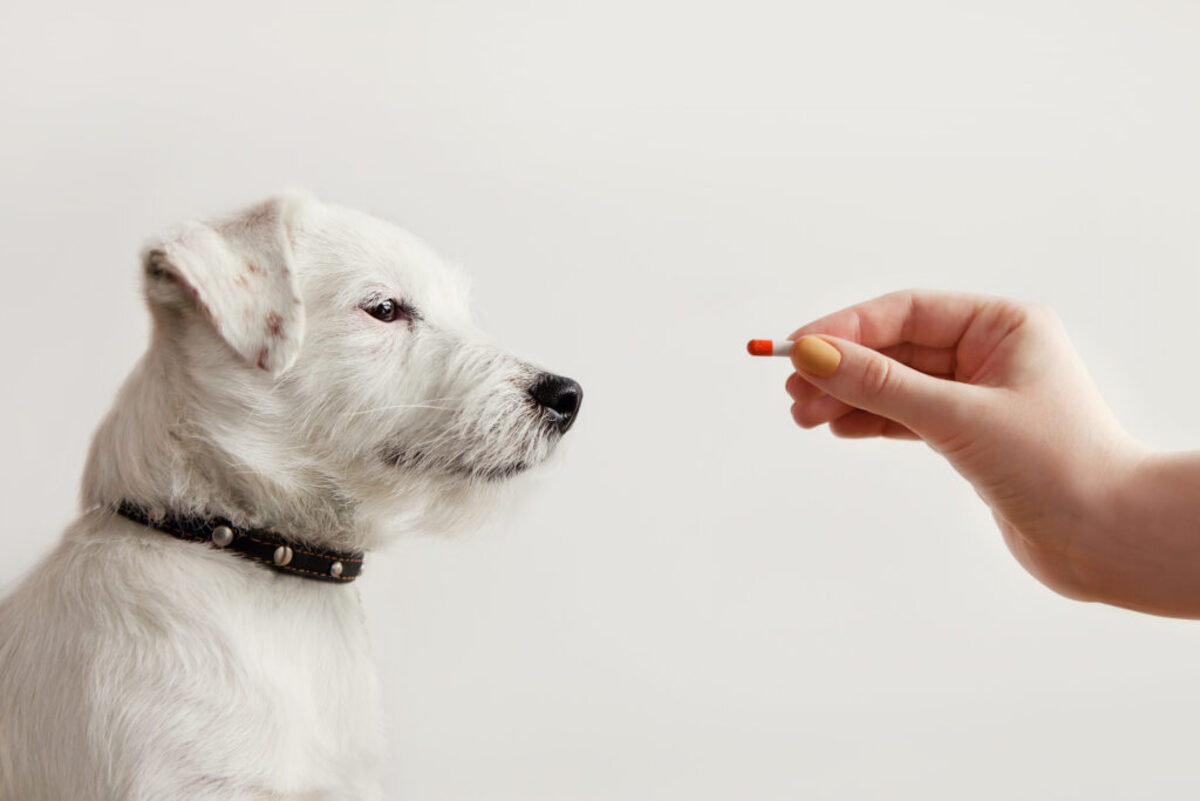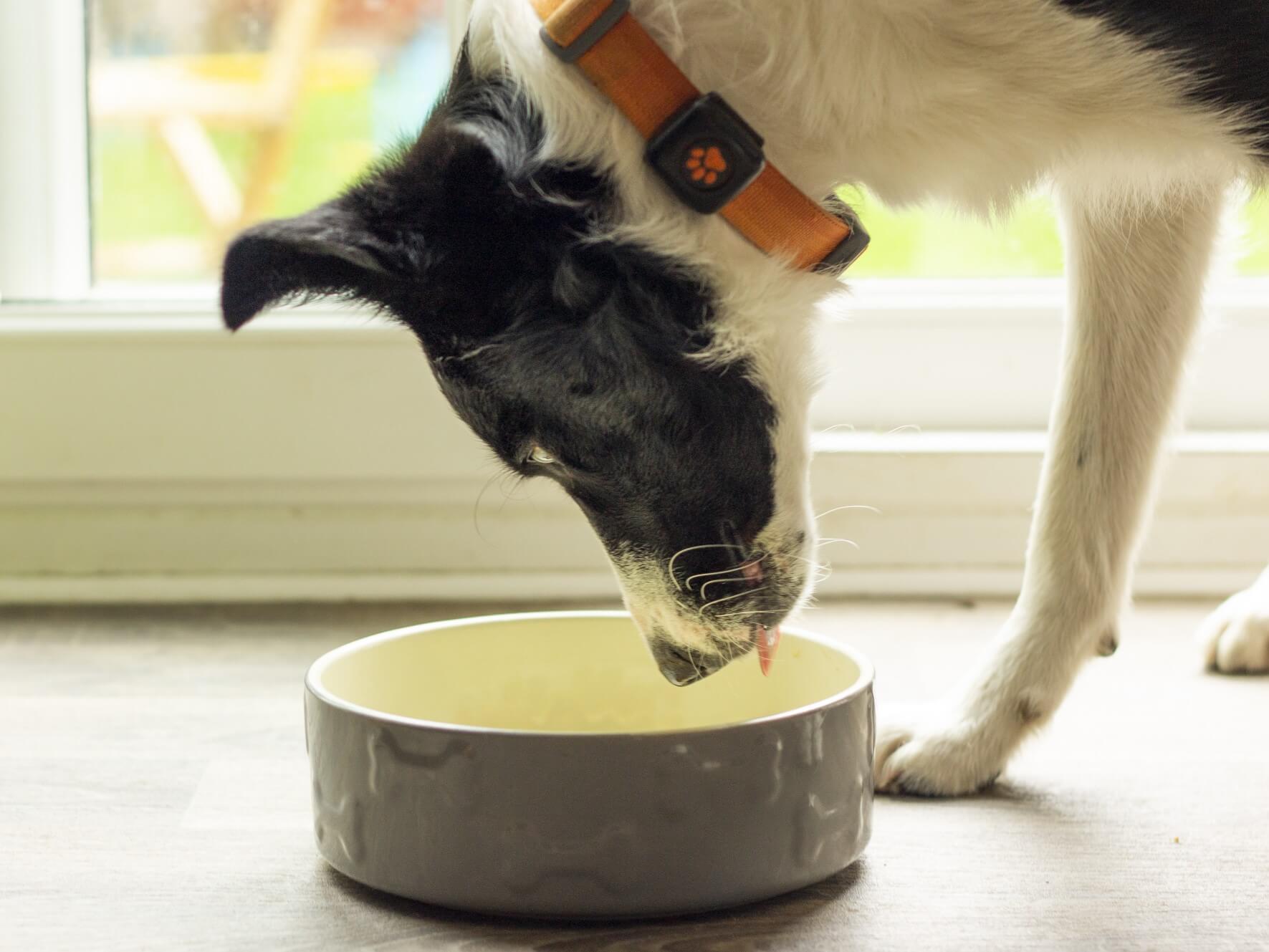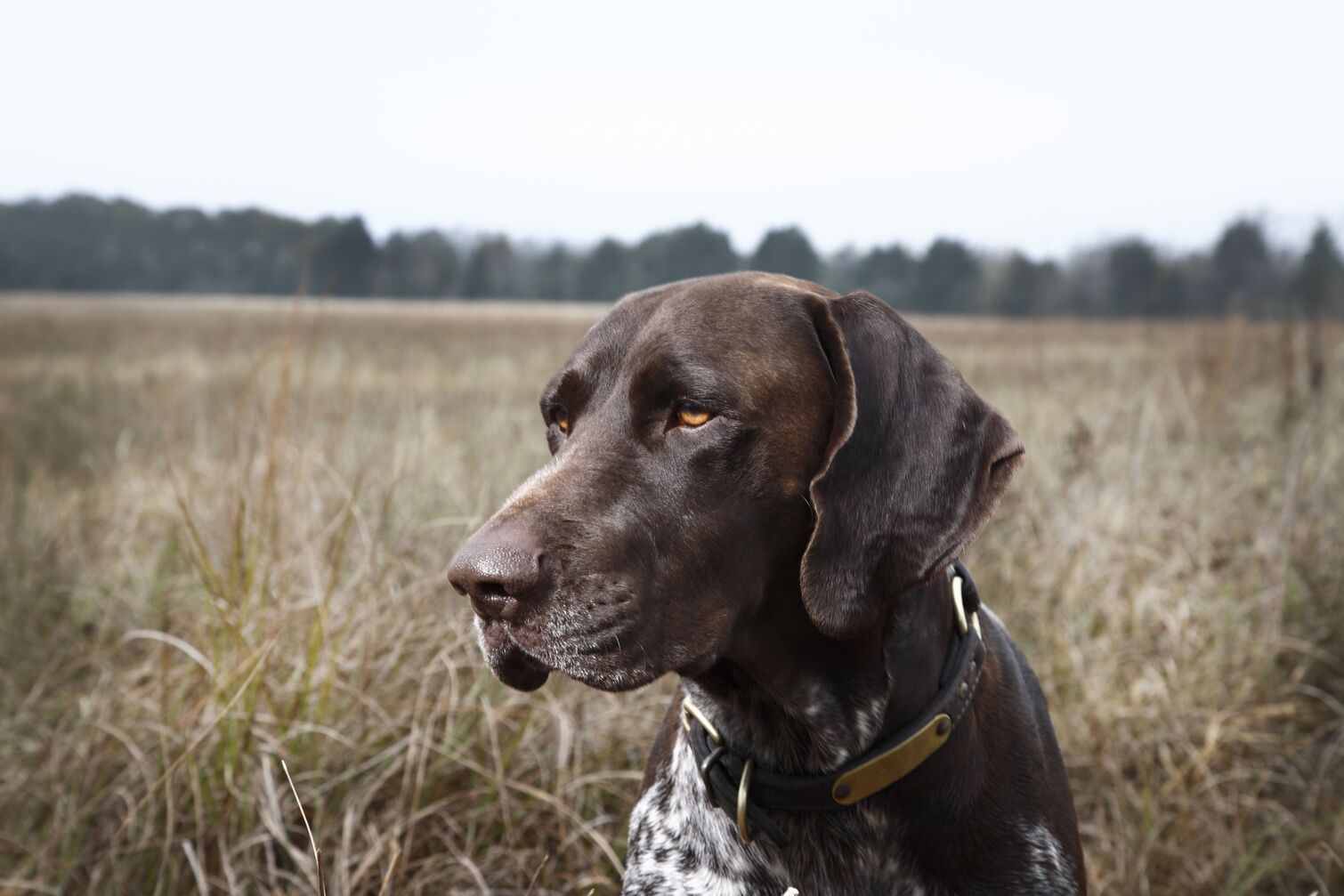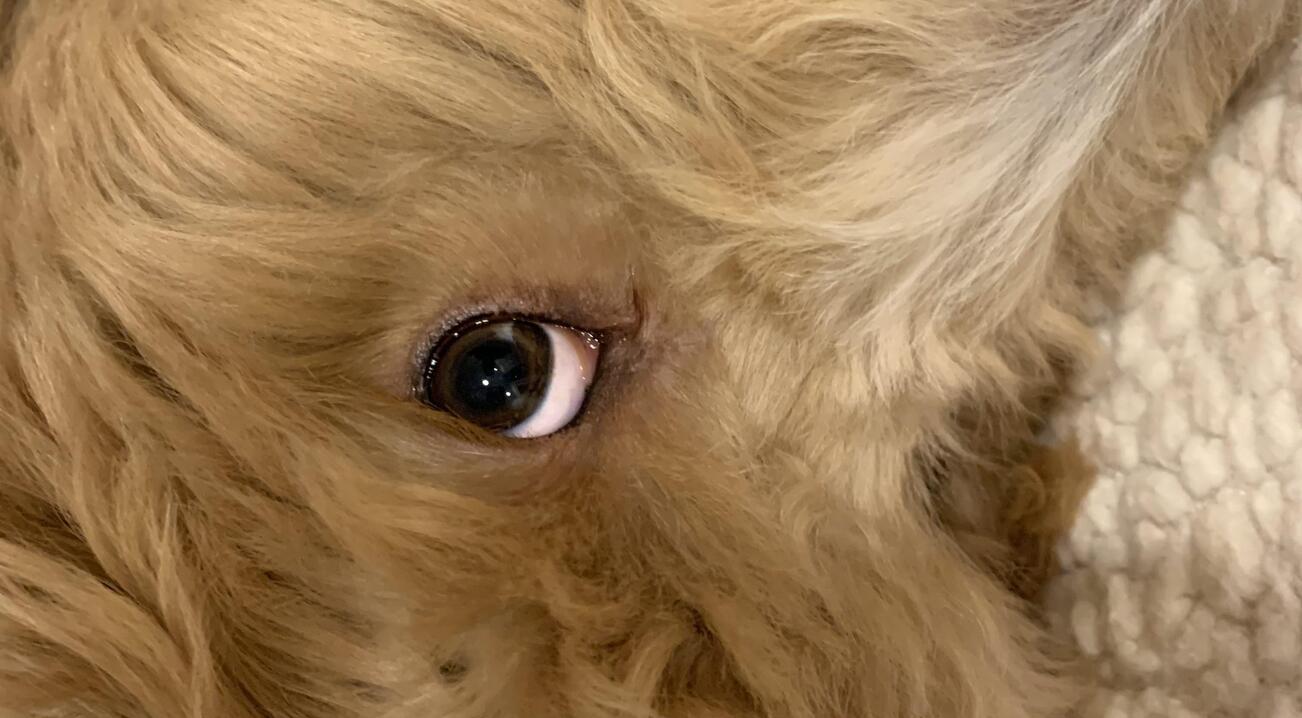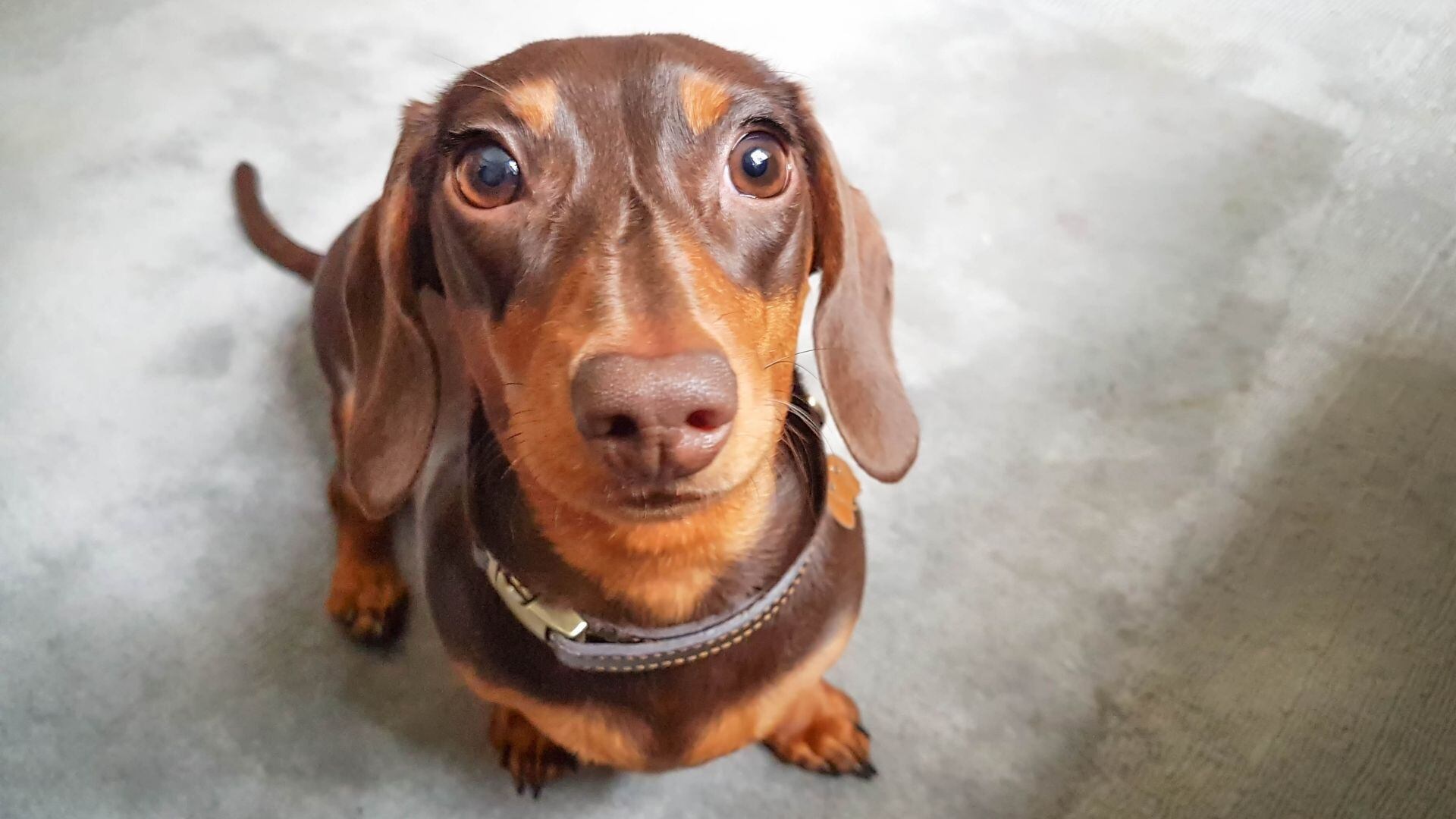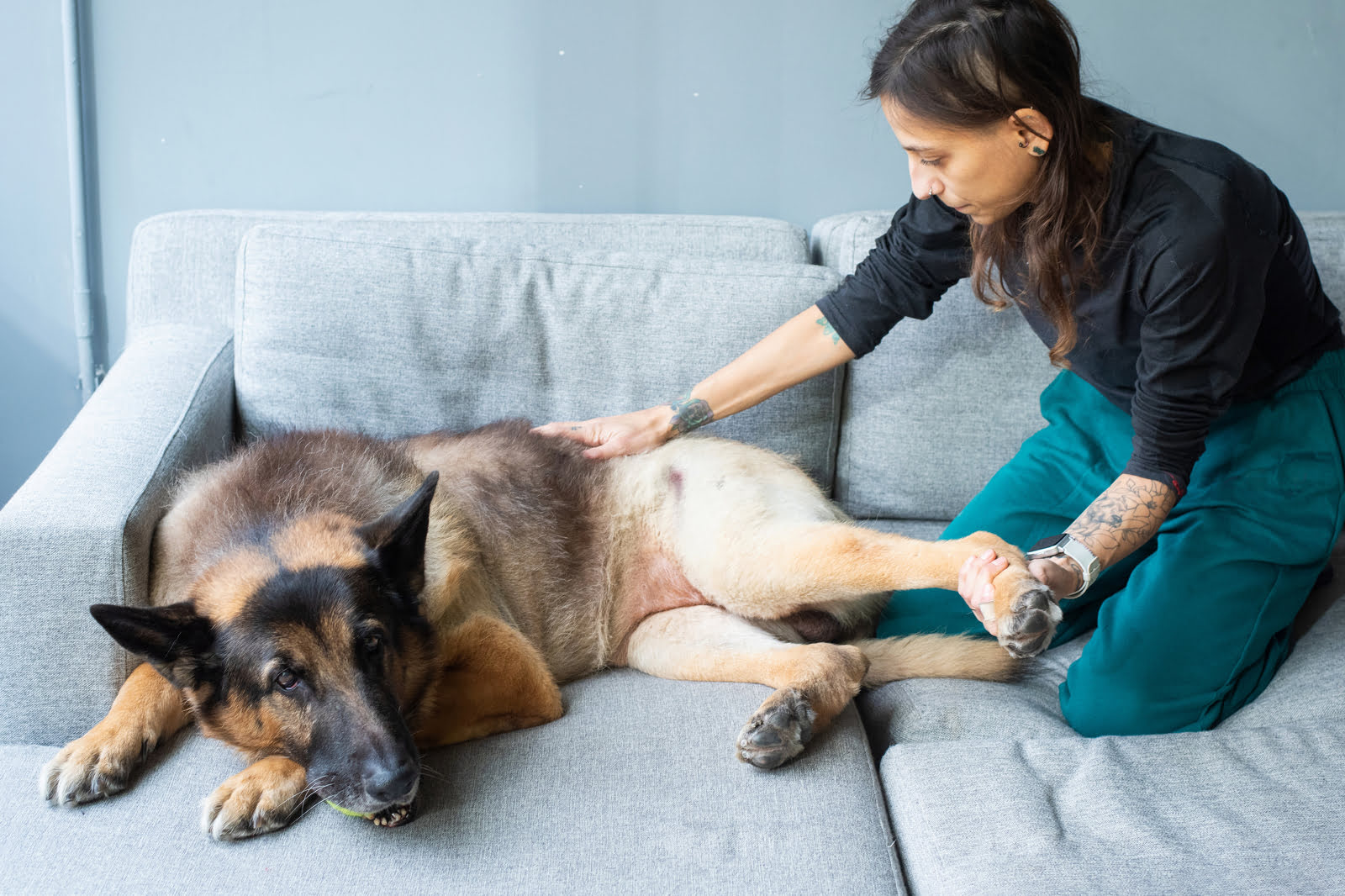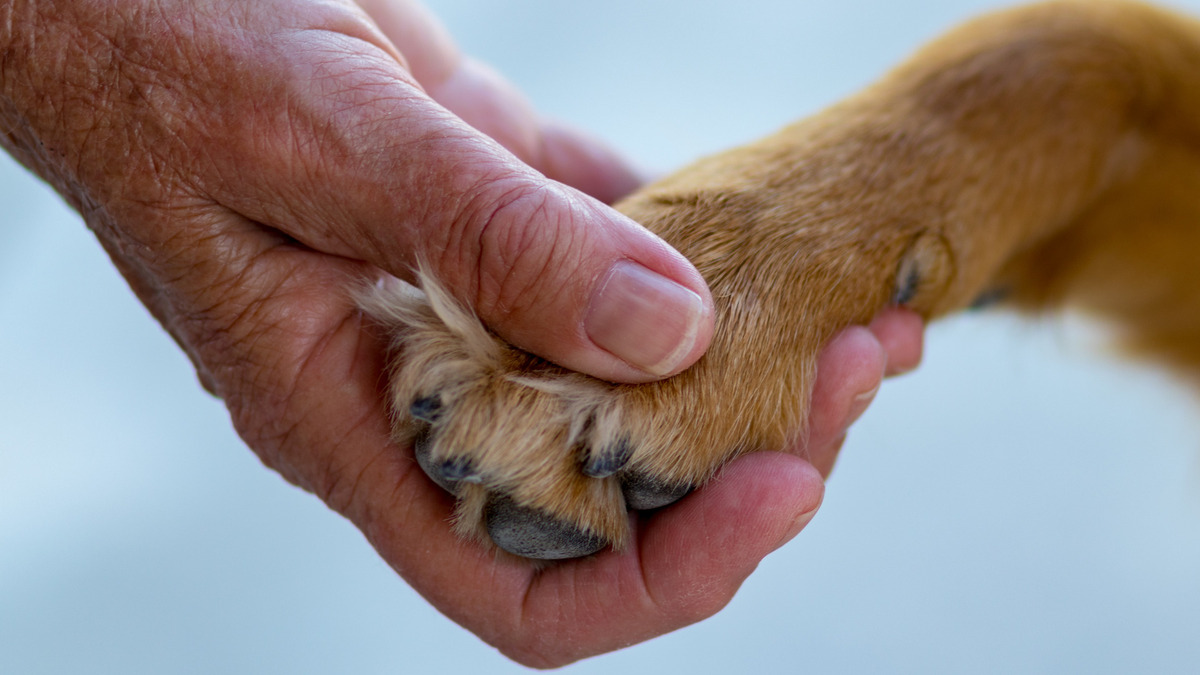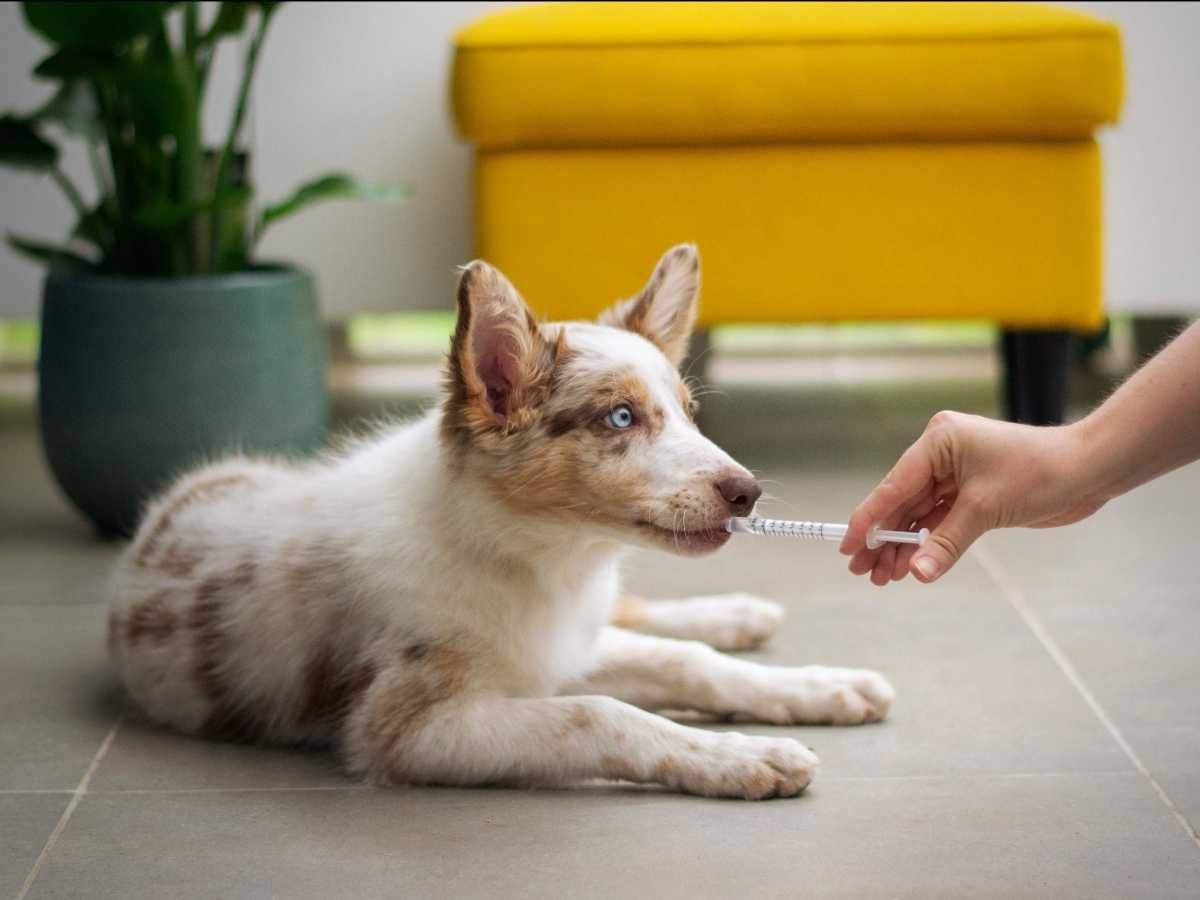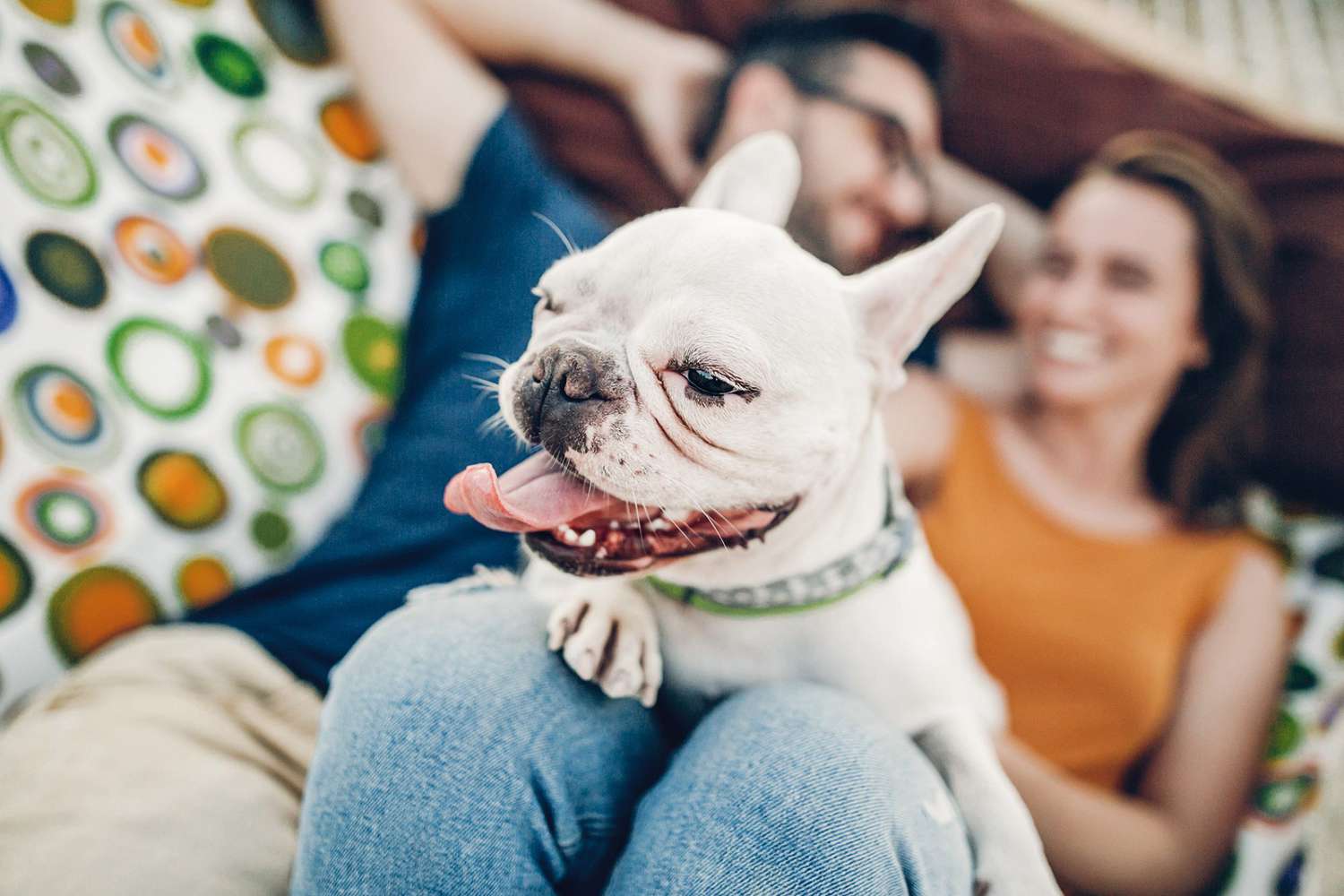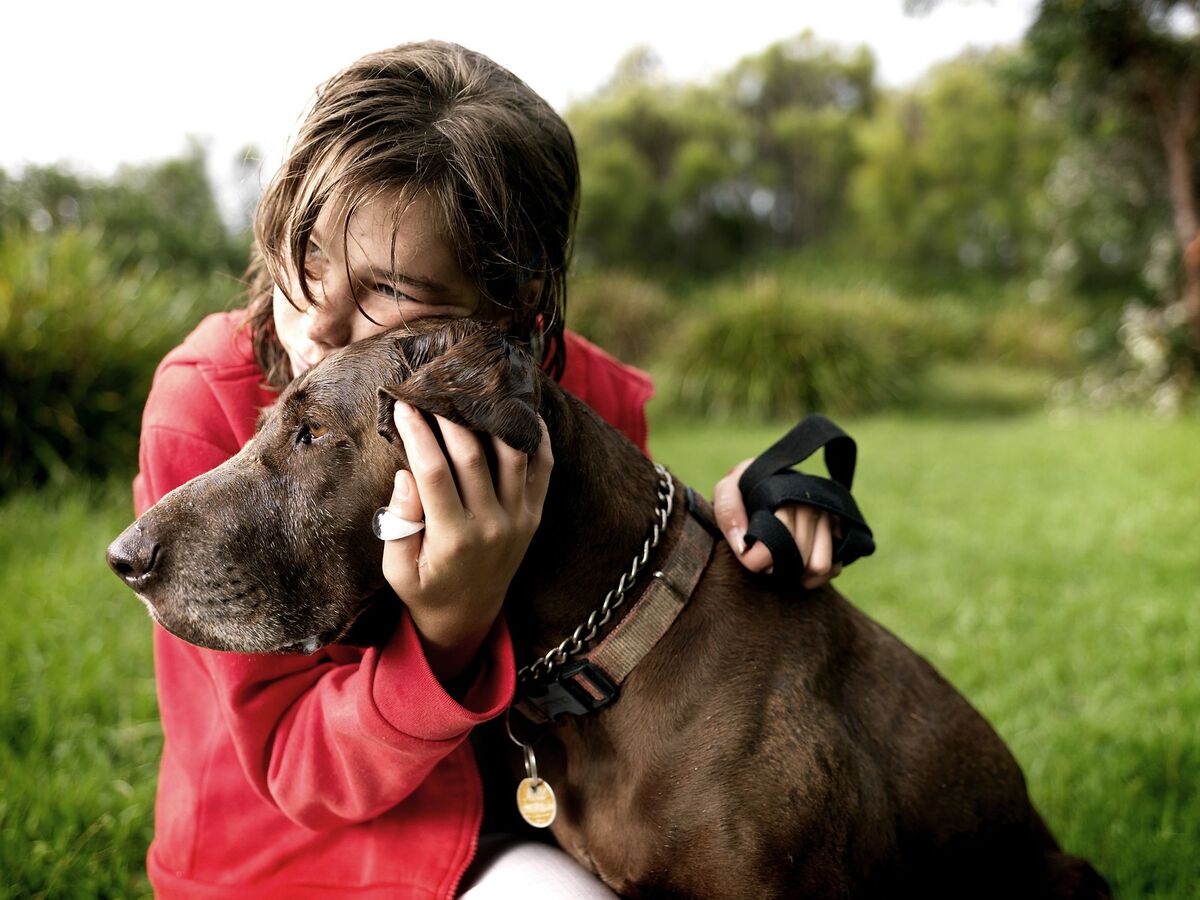Home>Health & Wellness>Common Health Issues>Eye and Ear Health>My Dog Has Something In His Eye: What Should I Do?
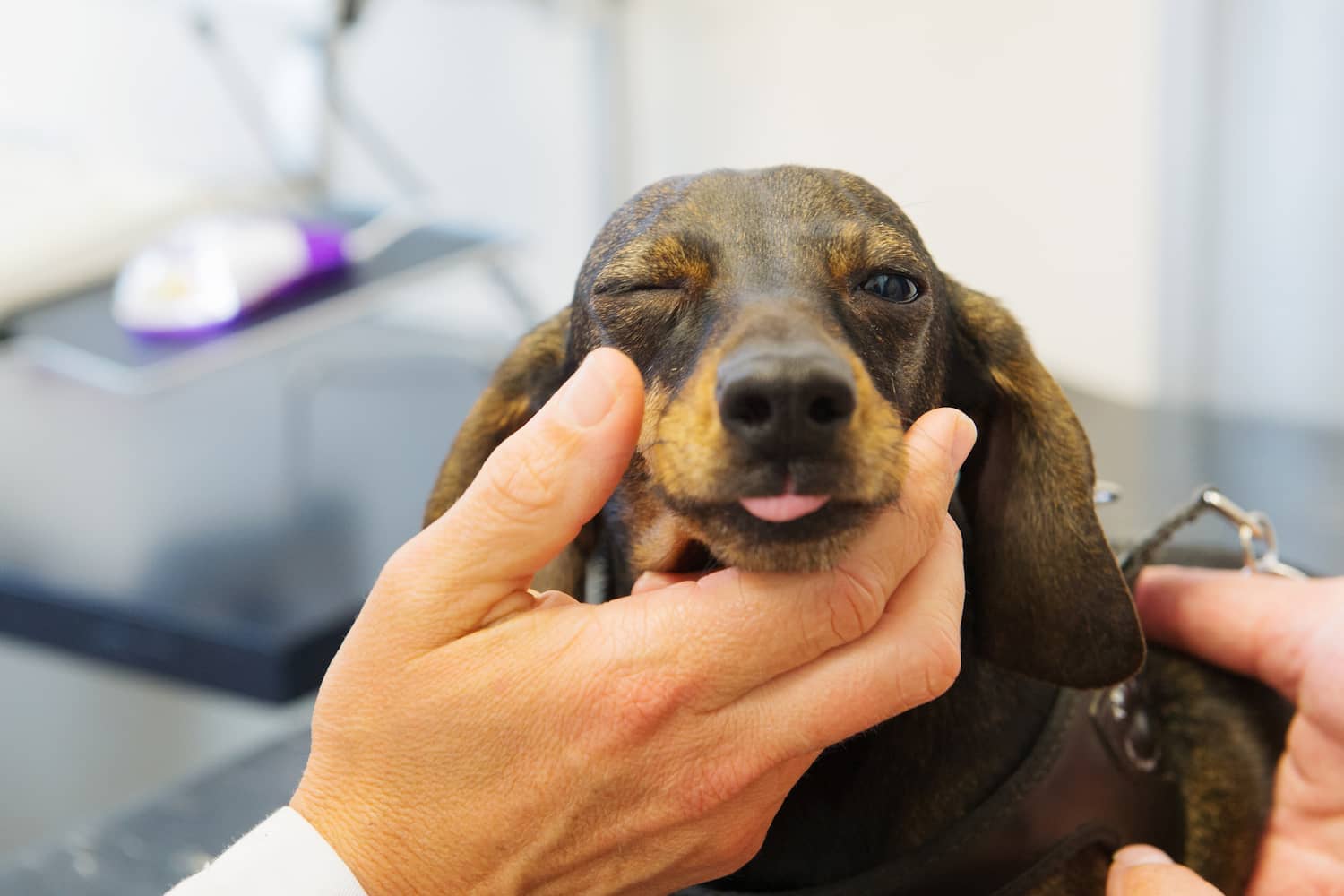

Eye and Ear Health
My Dog Has Something In His Eye: What Should I Do?
Published: February 12, 2024
If your dog has something in his eye, it's important to address it promptly to prevent further discomfort or injury. Learn how to care for your dog's eye and ear health.
(Many of the links in this article redirect to a specific reviewed product. Your purchase of these products through affiliate links helps to generate commission for Pawsomeoldies.com, at no extra cost. Learn more)
Table of Contents
Introduction
As a devoted pet parent, it's natural to be concerned when you notice your furry friend exhibiting signs of discomfort or distress. One common issue that can cause worry is when your dog appears to have something in their eye. Just like humans, dogs can experience eye irritations and injuries that require prompt attention and care. Understanding the signs that indicate your dog may have something in their eye, as well as the appropriate steps to take, is crucial for maintaining your pet's ocular health and overall well-being.
When your dog experiences discomfort or irritation in their eye, it can be distressing for both you and your canine companion. Dogs rely heavily on their sense of sight to navigate the world around them, making any issue with their eyes a cause for concern. Whether it's a foreign object, such as dust or debris, or a potential injury, addressing the situation promptly is essential to prevent further discomfort and potential complications.
In this comprehensive guide, we'll explore the signs that indicate your dog may have something in their eye, the steps to take if you suspect an issue, and when it's necessary to seek professional veterinary assistance. Additionally, we'll delve into preventive measures to safeguard your dog's eyes from potential injuries, ensuring that you can be proactive in maintaining their ocular health.
By familiarizing yourself with the information presented in this guide, you'll be better equipped to handle situations where your dog experiences eye discomfort, ultimately promoting their comfort, health, and happiness. Let's delve into the essential details to empower you as a responsible and caring pet owner.
Read more: Should I Shave My Dog Who Has Fleas?
Signs that your dog has something in his eye
-
Excessive blinking or squinting: If you notice your dog blinking more frequently than usual or squinting, it could indicate that something is irritating their eye. This behavior is a common sign of eye discomfort in dogs.
-
Rubbing or pawing at the eye: Dogs may instinctively try to alleviate the discomfort by rubbing or pawing at the affected eye. Persistent rubbing or pawing can further exacerbate the issue and potentially lead to injury.
-
Watery or teary eyes: Excessive tearing or watery discharge from the eye can be a sign of irritation or the presence of a foreign object. This may be accompanied by redness or inflammation around the eye.
-
Visible foreign object: In some cases, you may be able to see a foreign object, such as a small particle of dust or debris, lodged in your dog's eye. Exercise caution when attempting to examine your dog's eye to avoid causing further distress.
-
Sensitivity to light: Dogs with something in their eye may display sensitivity to light, leading them to avoid well-lit areas or squint when exposed to bright light.
-
Change in behavior: If your dog is displaying unusual behavior, such as being more withdrawn, restless, or irritable, it could be a response to the discomfort caused by something in their eye.
-
Cloudiness or discoloration: A cloudy or discolored appearance in the affected eye may indicate the presence of a foreign object or an underlying issue that requires attention.
-
Excessive discharge: Unusual or excessive discharge from the eye, particularly if it appears thick or pus-like, can be a sign of infection or inflammation resulting from an eye injury.
-
Visible redness or swelling: Redness and swelling around the eye are common indicators of irritation or injury. These visible signs should prompt a closer examination of the affected eye.
-
Excessive blinking or squinting: If you notice your dog blinking more frequently than usual or squinting, it could indicate that something is irritating their eye. This behavior is a common sign of eye discomfort in dogs.
Recognizing these signs can help you identify when your dog may have something in their eye, allowing you to take appropriate measures to address the issue promptly and effectively.
Steps to take if your dog has something in his eye
-
Remain Calm: It's essential to stay calm and composed when addressing your dog's eye issue. Dogs are highly attuned to their owners' emotions, and a calm demeanor can help prevent further distress for your pet.
-
Restrain Your Dog: If your dog is agitated or pawing at their eye, gently restrain them to prevent further irritation or potential injury. Use a gentle but firm approach to keep them from exacerbating the issue.
-
Examine the Eye: Carefully examine your dog's affected eye to identify any visible foreign objects or signs of irritation. Use a well-lit area and gently lift their eyelids to get a clear view. Exercise caution to avoid causing additional discomfort.
-
Flush the Eye: If you can see a foreign object in your dog's eye and it's easily accessible, you can attempt to flush it out using a sterile saline solution or lukewarm water. Use a clean, damp cloth to gently wipe away any discharge or debris surrounding the eye.
-
Seek Veterinary Guidance: If the foreign object is not easily removable, or if your dog continues to exhibit signs of discomfort, it's crucial to seek professional veterinary assistance promptly. Avoid attempting to remove embedded objects or addressing severe injuries on your own, as this can lead to further complications.
-
Protect the Eye: In cases where a foreign object is successfully removed, monitor your dog's eye for any lingering signs of irritation or infection. Protect the affected eye from further exposure to potential irritants, such as dust or strong winds, to aid in the healing process.
-
Administer Medication as Directed: If your veterinarian prescribes medication to alleviate discomfort or treat an underlying issue, ensure that you follow their instructions diligently. Administer any prescribed eye drops or ointments according to the specified dosage and frequency.
-
Monitor for Improvement: Keep a close eye on your dog's affected eye in the days following the incident. Look for signs of improvement, such as reduced redness, swelling, or discharge. If the symptoms persist or worsen, contact your veterinarian for further guidance.
-
Provide Comfort and Support: During the recovery period, offer your dog reassurance and comfort to alleviate any residual anxiety or discomfort. Maintain a soothing environment and minimize activities that could potentially strain the affected eye.
By following these steps and prioritizing your dog's ocular health, you can effectively address the presence of a foreign object in their eye and facilitate their recovery with care and attentiveness.
When to seek veterinary help
Recognizing the appropriate timing to seek veterinary assistance for your dog's eye issue is crucial in ensuring their prompt and effective treatment. While minor irritations or foreign objects may resolve with careful intervention, certain circumstances warrant professional evaluation and care.
If your dog's eye discomfort persists despite your initial efforts to address the issue, it's essential to seek veterinary help promptly. Additionally, the following scenarios indicate the need for professional intervention:
-
Embedded or Persistent Foreign Object: If you suspect that a foreign object has become embedded in your dog's eye or if attempts to remove it at home have been unsuccessful, immediate veterinary attention is necessary. Embedded objects can cause significant damage and lead to complications if not addressed by a professional.
-
Visible Injury or Trauma: In cases where your dog has experienced a visible injury to the eye, such as a scratch, puncture, or blunt trauma, veterinary assessment is vital. These types of injuries can result in corneal damage, inflammation, or secondary infections, requiring specialized care and treatment.
-
Excessive Discharge or Pus: If your dog's affected eye exhibits excessive discharge, particularly if it appears thick, pus-like, or discolored, it may indicate an underlying infection that necessitates veterinary attention. Prompt diagnosis and appropriate medication are essential to prevent the spread of infection and promote healing.
-
Persistent Discomfort or Pain: If your dog continues to display signs of discomfort, such as excessive blinking, squinting, or pawing at the eye, despite your initial interventions, it's a clear indication that professional evaluation is warranted. Persistent discomfort may signify an underlying issue that requires expert assessment and management.
-
Sudden Onset of Symptoms: If your dog experiences a sudden onset of severe eye-related symptoms, such as intense redness, swelling, or pronounced sensitivity to light, it's crucial to seek immediate veterinary help. These abrupt changes in symptoms may indicate a serious underlying condition that demands urgent attention.
-
Preexisting Eye Conditions: If your dog has preexisting eye conditions or a history of ocular issues, any new signs of discomfort or irritation should prompt a visit to the veterinarian. Dogs with preexisting eye conditions may be more susceptible to complications, making early intervention essential.
In these scenarios, seeking veterinary help is the most responsible course of action to safeguard your dog's ocular health and well-being. Professional assessment and treatment can prevent potential complications, alleviate discomfort, and promote the swift recovery of your beloved canine companion.
Preventing eye injuries in dogs
Preventing eye injuries in dogs is a crucial aspect of responsible pet ownership, as it helps safeguard their ocular health and minimizes the risk of discomfort and complications. By implementing proactive measures and maintaining a vigilant approach, pet parents can significantly reduce the likelihood of their dogs experiencing eye injuries. Here are essential strategies to prevent eye injuries in dogs:
-
Regular Grooming and Hygiene: Maintaining proper grooming practices, including regular eye cleaning, can help prevent the accumulation of dirt, debris, and irritants around the eyes. Use a soft, damp cloth to gently wipe away any discharge or residue, promoting cleanliness and reducing the risk of irritation.
-
Avoiding Exposure to Irritants: Dogs should be protected from potential irritants that can lead to eye injuries, such as dust, smoke, strong winds, and airborne particles. When walking or engaging in outdoor activities, consider using protective eyewear designed for dogs to shield their eyes from environmental hazards.
-
Supervision during Play and Exploration: When dogs engage in play or exploration, particularly in outdoor environments, close supervision is essential to prevent accidental eye injuries. Monitor your dog's interactions with objects, other animals, and unfamiliar surroundings to intervene if potential risks to their eyes arise.
-
Safe Handling of Toys and Objects: Choose toys and play objects that are safe and free from sharp edges or protrusions that could inadvertently cause eye injuries. Additionally, ensure that your dog's environment is free from small objects that pose a choking hazard and could potentially harm their eyes if ingested.
-
Regular Veterinary Check-ups: Routine veterinary examinations play a vital role in maintaining your dog's overall health, including their ocular well-being. Regular check-ups allow veterinarians to identify any underlying eye conditions or potential risk factors for injuries, enabling proactive measures to be taken.
-
Protective Eyewear for Working Dogs: For dogs involved in activities such as hunting, herding, or working in rugged environments, protective eyewear can offer an additional layer of defense against debris, branches, and other hazards that could pose a risk to their eyes.
-
Proper Restraint during Grooming and Medical Procedures: When grooming or administering medical treatments that involve the eyes, ensure that your dog is properly restrained to prevent sudden movements that could lead to accidental injuries. Gentle handling and a calm environment can help minimize stress and reduce the likelihood of accidents.
-
Diet and Nutrition: Providing a balanced diet rich in essential nutrients, including those beneficial for ocular health, can contribute to maintaining the integrity of your dog's eyes. Consult with your veterinarian to ensure that your dog's diet supports their overall well-being, including their ocular health.
By incorporating these preventive measures into your dog's care routine, you can create a safer and more supportive environment that reduces the risk of eye injuries. Proactive prevention not only promotes your dog's comfort and health but also strengthens the bond between you and your beloved canine companion.
Read more: My Cat Scratched My Dog’s Eye: What Do I Do?
Conclusion
In conclusion, being attuned to the well-being of your canine companion includes being vigilant about their ocular health. When you notice signs of eye discomfort, such as excessive blinking, pawing at the eye, or watery discharge, it's essential to take prompt and appropriate action. By remaining calm, carefully examining your dog's eye, and seeking veterinary assistance when necessary, you can effectively address potential issues and ensure the comfort and health of your pet.
Preventing eye injuries in dogs is equally important, and proactive measures such as regular grooming, avoiding exposure to irritants, and providing protective eyewear when needed can significantly reduce the risk of ocular injuries. Additionally, maintaining a safe environment, choosing appropriate toys and objects, and ensuring proper restraint during grooming and medical procedures contribute to a comprehensive approach to eye injury prevention.
As responsible pet owners, it's crucial to prioritize preventive care and prompt intervention when addressing potential eye issues in our beloved dogs. By doing so, we not only promote their physical well-being but also strengthen the bond of trust and companionship that forms the foundation of our relationship with them.
Ultimately, being proactive and attentive to your dog's eye health can lead to a happier, healthier, and more comfortable life for your canine companion. By familiarizing yourself with the signs of eye discomfort, taking decisive steps when necessary, and implementing preventive measures, you play a pivotal role in safeguarding your dog's ocular health and overall quality of life.
Remember, your vigilant care and proactive approach can make a meaningful difference in preserving the precious gift of sight for your loyal and cherished four-legged friend.
